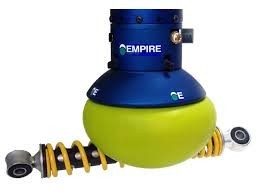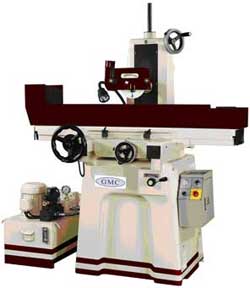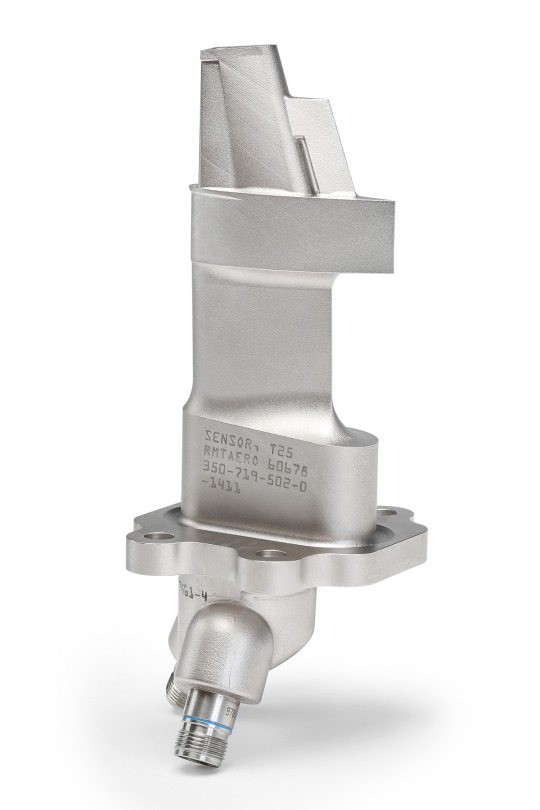 A lot of machinist types don’t really pay attention to their website, I find. Even fairly established shops will have a site, and pretty much forget it exists after it is up. In the modern marketplace, that is a big mistake. There are a lot of potential new customers out on the web, who just might want to drop a bunch of cash on your bench, but you won’t find them if they can’t find you because of your poor web marketing. It goes without saying that main way people shop these days is online. The same goes for industrial clients, as it turns out.
A lot of machinist types don’t really pay attention to their website, I find. Even fairly established shops will have a site, and pretty much forget it exists after it is up. In the modern marketplace, that is a big mistake. There are a lot of potential new customers out on the web, who just might want to drop a bunch of cash on your bench, but you won’t find them if they can’t find you because of your poor web marketing. It goes without saying that main way people shop these days is online. The same goes for industrial clients, as it turns out.
Here is some info from people who are focused on web marketing for industry: Machine Shop Customers First Stop, Your Website When I had my own shop, I found quite a few customers online. Or rather, they found me. Now, it doesn’t have to be super-complicated. A lot can be done with a WordPress blog (like this one). One key is to keep updating (whihc blogs make it easy to do). Keep letting people know all of the cool stuff you are out there doing. Er, in there, in the shop.



